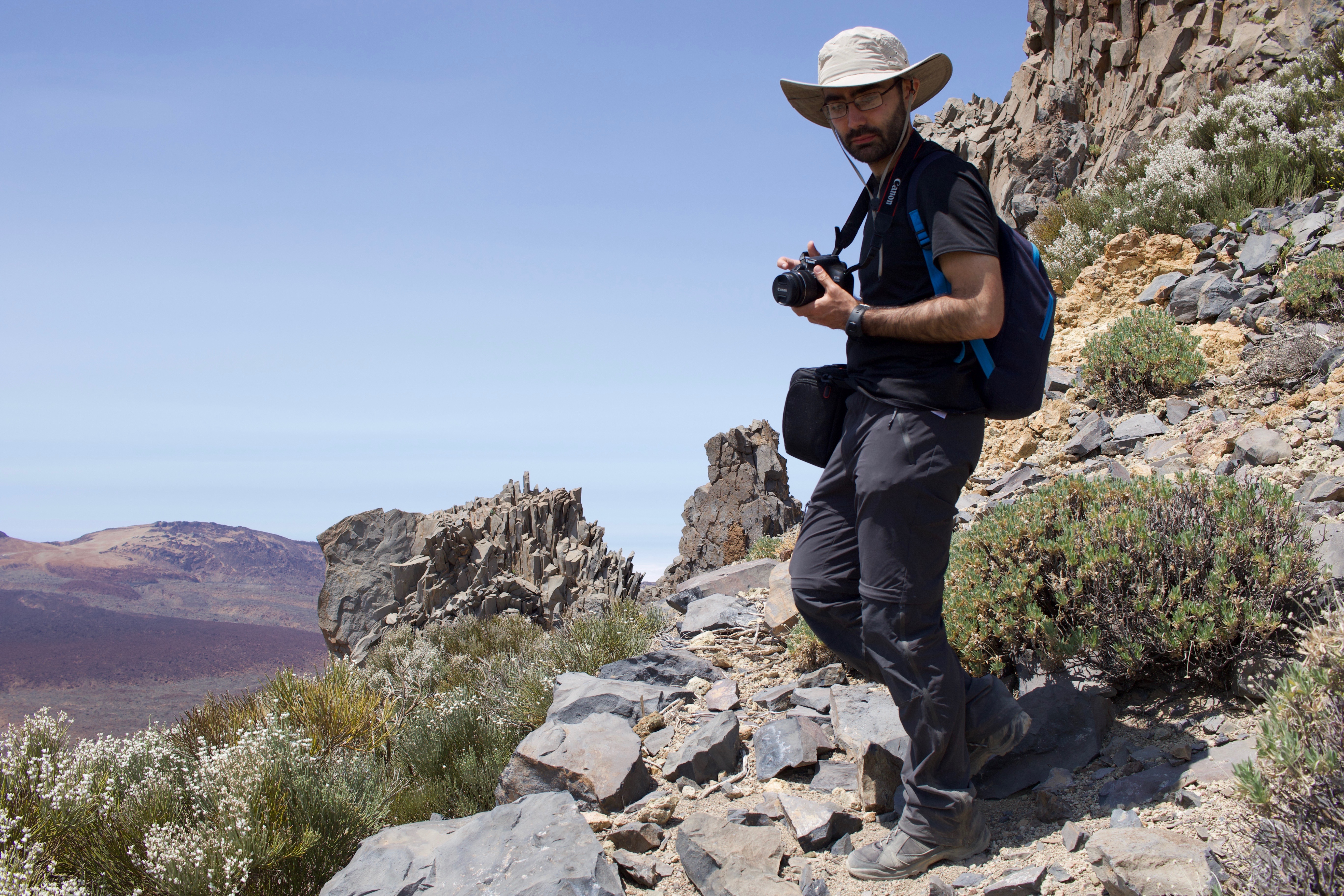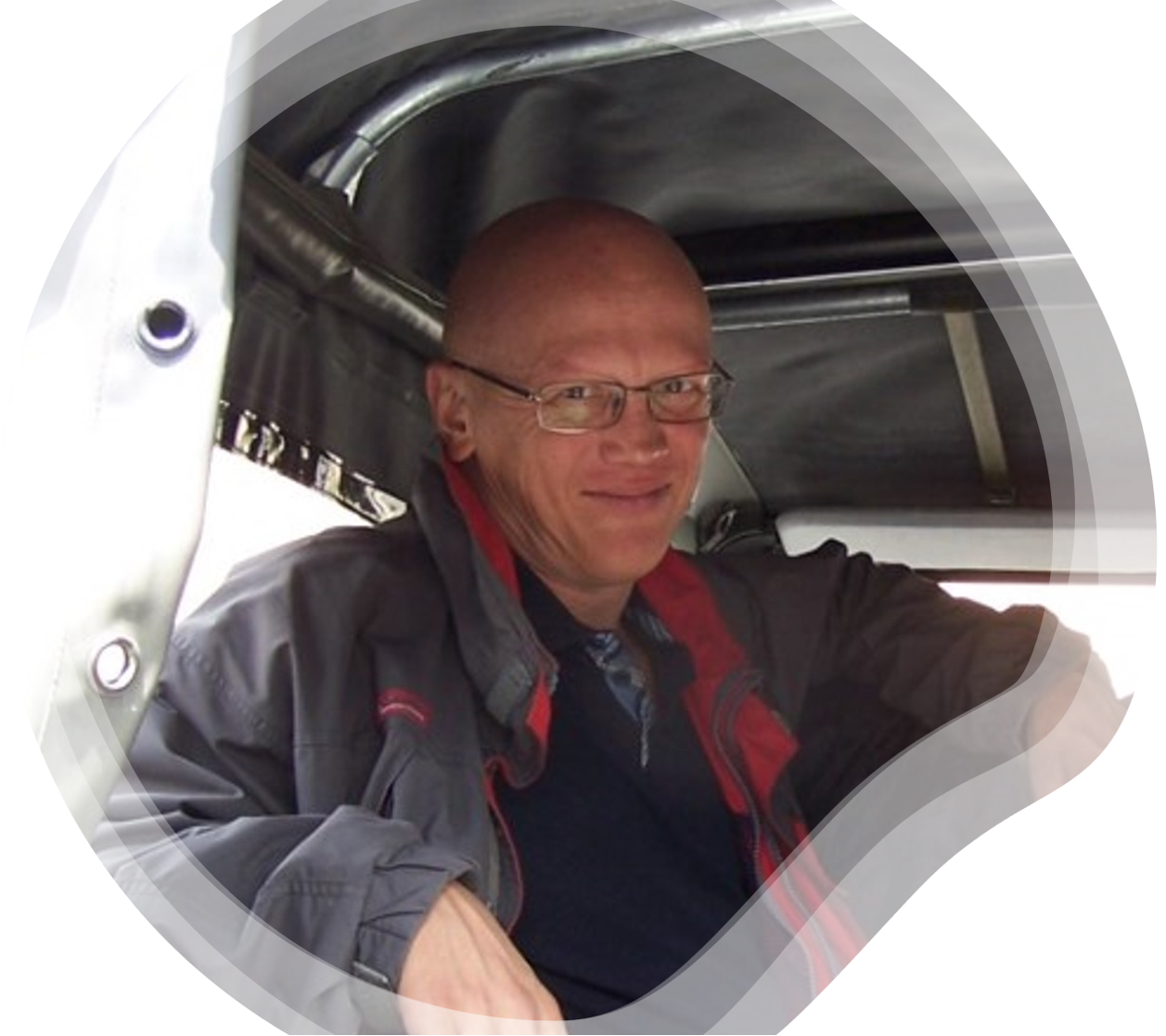RU Firenze
| Home | Ferrara RU | Pavia RU | Modena RU | Padova RU | Napoli RU | Firenze RU |
|---|
 |
|---|
Research unit of Florence
Aims
The RU of the Department of Earth Sciences of the University of Florence is mainly involved in investigating the magma differentiation processes and plumbing system dynamics linked to large, generally caldera-forming, explosive eruptions. The discovering of the inner part of volcanoes is fundamental for increasing our knowledge on the magma behaviour during its ascent from the mantle to the surface, which is particularly important for any big eruptions around the world. The erupted juvenile products are studied at the Micro-scale in order to unravel the origin and dynamics of processes generating these Large Magmatic Events (LME) occurred on the Earth at the Macro-scale.
Accordingly, a specific aim is to understand the role of crystal-mushes forming many plumbing systems of mafic and silicic LME and representing the nurseries of large magma volumes. Crystal-mushes start to form in crystallizing magma reservoirs at around 50-60 vol% of crystals, when convection stops and magma forms a quasi-rigid crystalline skeleton that cannot erupt anymore. High-viscosity magmas remain trapped within these large crustal mush zones, to be then remobilized and erupted by new, hot recharge input, producing huge explosive events. Several studies on silicic ignimbrites suggest that multiple, rather than single, melt batches were tapped during individual caldera-forming eruptions, possibly due to crystal-mushes, which might favour the isolation of melts in compartments within large magma reservoirs. In this light, several issues have to be addressed: i) to understand how the crystal-mush rejuvenation/reactivation occurs leading to restore the conditions for large volumes of magma to be erupted; ii) to know the age of magmatic components involved in a crystal-mush and the time for its reactivation; iii) to recognise if multiple residual magma batches/pockets are segregated in a crystal-mush and reactivated together during LME.
These issues are investigated by micro-analytical elemental and isotopic studies on juvenile components of the erupted products, in combination with traditional investigations (fieldwork, petrography and whole rock analyses). Detailed in-situ geochemical and isotopic analyses (e.g., Crystal Isotope Stratigraphy - Davidson et al., 2007; Francalanci et al., 2005, 2012) allow in identifying disequilibrium conditions, crystal history and recycling.
The main silicic LME investigated are the Campanian Ignimbrite explosive event (Campi Flegrei, Italy), one of the largest and most intense eruptions in the Mediterranean area in the last 200 ka, and other explosive events from the Nisyros (intra-caldera domes and craters shown in photo), Santorini and Kolumbo volcanoes in the South Aegean active volcanic arc. The recent paroxysms occurred at Stromboli (Aeolian volcanic arc, Italy) are also studied as representative of mafic LME.
The research of our RU is also dedicated to the geochemical and petrologic studies of the post-Liassic subvolcanic complexes and basaltic lava flows of the Central High Atlas (CHA) in Marocco in order to constrain their genetic relationships with Central Atlantic Magmatic Province (CAMP) and other younger volcanic rocks (Cenozoic).
The CHA basalts have a restricted compositional range, and are transitional between alkaline and subalkaline magmas. The geochemical and radiogenic isotope signature of the CHA basalts can help to bridge the temporal and mantle source gap from the CAMP to the Cenozoic magmatism occurring in the Atlas domains and culminating in the offshore present-day plume activity of the Canary Islands.
The geochemical signature of these different magmas can possibly be reconciled in the peculiar geodynamic setting of the CHA considering the African plate movement towards NE, in response to the Central Atlantic sea floor spreading, along with the anomalously thinned delaminated lithosphere beneath the Atlas domains (60-80 km), in comparison with typical NW African lithosphere (130-160 km), forming a narrow ENE–WSW corridor overlain by the CHA and Cenozoic magmas.
Our particular methodological approaches, which are shared with the other RU, are as follow:
1) In-situ mineral and groundmass major and trace element and Sr-isotope analyses by EMP, LA-ICP-MS (with IGG-PV RU) and in-situ (by MicroMill) micro-Sr isotope measurements by TIMS. Possible intra-grain isotopic disequilibria can be recorded and, together with crystal sizes, rate of mineral growth, trace-element zoning, and U-series isotope systematic on active/recent volcanic systems, are useful to estimate the timescales of magmatic processes.
2) With UniPD and UniMORE RUs, a significant contribution can be also derived from the application of non-traditional stable Mo isotopes, to the CAMP products, which may be able to identify the interaction with carbon-rich sediments with crucial implication for the volatile origin and budget.
People
|
|
Prof. Lorella FrancalanciAssociated Investigatorlorella.francalanci@unifi.it |
|---|---|
|
|
Prof. Simone Tommasinisimone.tommasini@unifi.it |
 |
Dr. Alba Patrizia Santoalba.santo@unifi.it |
Collaborators
 |
Dr. Sara Di Salvo2020 - Post-doc specifically dedicated to the projectsara.disalvo@unifi.it |
|---|
Students involved
 |
Dr. Filippo MastroianniPhD student at the Tuscan Doctorate course in Earth Sciencesfilippo.mastroianni@phd.unipi.it |
|---|
Facilities/skills of the RU
The laboratories of the Department of Earth Sciences of the University of Florence are equipped with:
- quadrupole ICP-MS spectrometer (Agilent 7800), for trace element analyses on dissolved geomaterials (whole rocks, minerals)
- state-of-the-art wavelength-dispersive Electron MicroProbe (JEOL-JXA 8230), for in-situ analyses (major and minor elements) on polished thick sections of geomaterials
- two state-of-the-art Thermal Ionization Mass Spectrometers (TIMS) (Thermo Scientific) and a clean lab, for radiogenic isotope measurements
- MicroMill drilling device (New-wave Micromill) for in-situ sampling of geomaterials (zoned minerals, glass) for following radiogenic isotope analyses
Pubblications
Di Salvo S., Avanzinelli R., Isaia R., Zanetti A., Druitt T, Francalanci L. (2020) Crystal-mush reactivation by magma recharge: Evidence from the Campanian Ignimbrite activity, Campi Flegrei volcanic field, Italy. Lithos, 376-377 [10.1016/j.lithos.2020.105780].
Abstracts
Francalanci L, Paternostro S, Casalini M, Braschi E, Avanzinelli R. (2019) Evidence for the steady-state change in the plumbing system dynamics of the 2007-2018 CE activity of Stromboli volcano. Goldschmidt 2019, Barcellona, 18-23/8/2019.
Di Salvo S, Avanzinelli R, Isaia R, Druitt TH, Francalanci L (2019) The Role of New Magma Recharges and Crystal-Mush Interaction in the Campanian Ignimbrite Activity. Goldschmidt 2019, Barcellona, 18-23/8/2019.
Mastroianni F, Fantozzi I, Petrone CM, Vougioukalakis GE, Braschi E, Francalanci L (2019) Plumbing system dynamics at Kolumbo submarine volcano, Greece, prior to the 1650 CE explosive eruption. Goldschmidt 2019, Barcellona, 18-23/8/2019.
Braschi E, Mastroianni F, Vougioukalakis GE, Di Salvo S, Francalanci L (2019) Investigating Compositional Heterogeneity of Volcano Feeding Systems: The Upper Pumice Explosive Eruption of Nisyros (Greece). Goldschmidt 2019, Barcellona, 18-23/8/2019.
Francalanci L, Paternostro S, Casalini M, Braschi E, Langone A, Zanetti A, Avanzinelli R (2020) Steady-state changes in the plumbing system dynamics prior to the summer 2019 Stromboli paroxysms. Rittmann Conference, Catania, 12-14/2/2020.
Di Salvo S, Avanzinelli R, Isaia R, Zanetti A, Druitt T, Francalanci L (2020) Crystal-mush reactivation processes by mafic magma recharge: evidence from the Campanian Ignimbrite activity, Campi Flegrei volcanic field, Italy. Rittmann Conference, Catania, 12-14/2/2020.
Tommasini S, Santo AP, Casalini M, Valeriani L, Braschi E, Benvenuti M, Francalanci L (2020) Tracing the Canary Islands Hotspot Back to the Mesozoic: Isotopic Evidence from the Central High Atlas Basalts, Morocco. Goldschmidt Virtual 2020, Hawaii, 21-26/6/2020.



